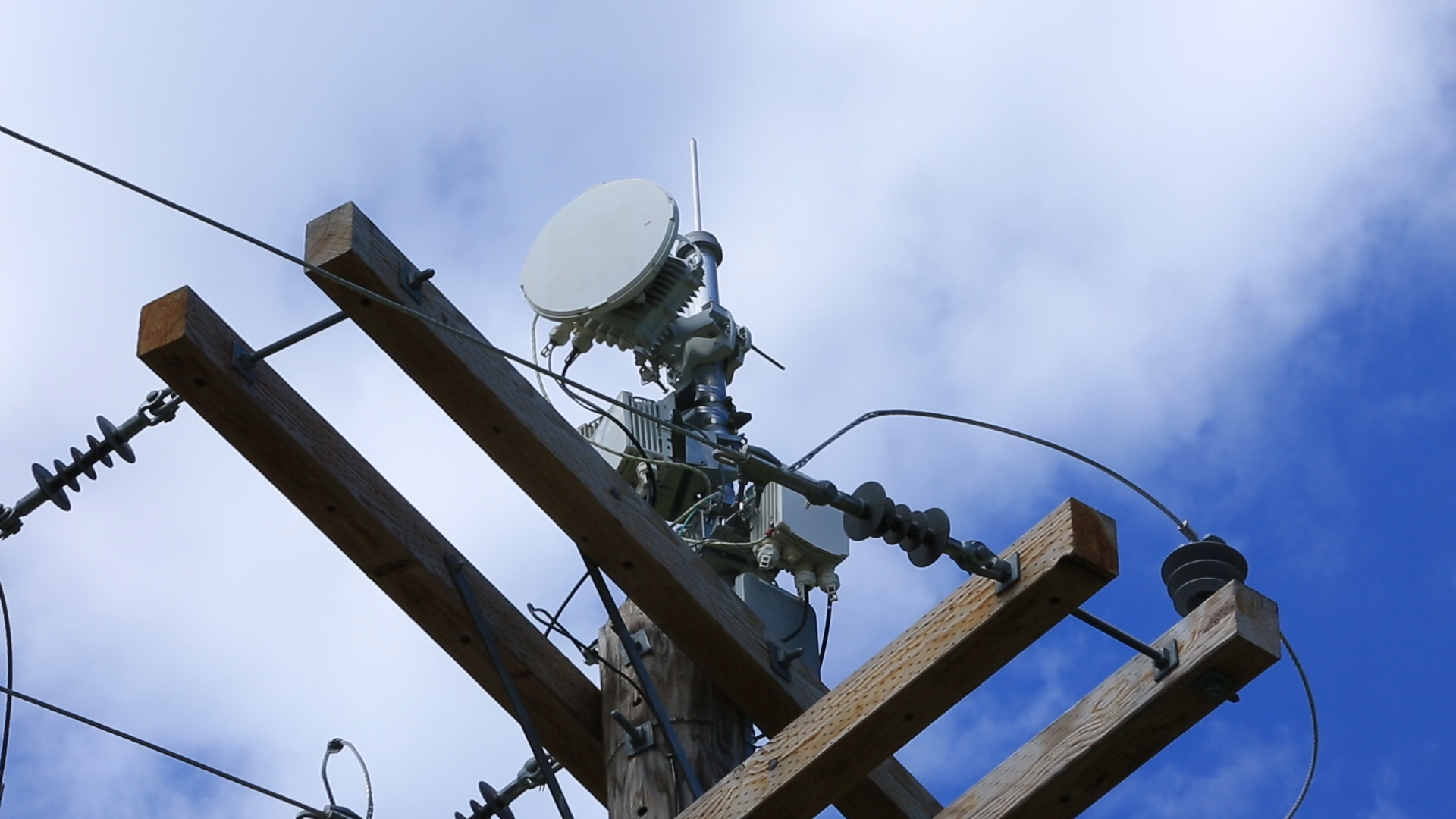As part of its acquisition review of XO Communications, Verizon’s studies show that more than 96 percent of buildings in areas where XO and Verizon both operate have at least two fiber competitors in the building, in addition to Verizon and XO.
Also, 98 percent of these buildings have at least one fiber competitor in the building, in addition to Verizon and XO.
Furthermore, 99 percent of these buildings have at a minimum two or more fiber competitors either in the building or within 1,000 meters.
The data is important because regulatory bodies will take a look at implications for competition in business markets as a result of the acquisition.
XO and Verizon both have fiber in the same building in 664 locations nationwide.
Within Verizon’s fixed network footprint, XO and Verizon both have fiber to the same building in 170 locations.
More than 95 percent (162 out of 170 in-footprint buildings) have two or more other fiber competitors in the building, in addition to Verizon and XO.
Thus, there will be at least three fiber competitors fiber access competitors in these buildings following the transaction, and in most instances more.
Of the eight remaining buildings, six have at least one other fiber competitor in addition to Verizon and XO, plus at least one other fiber competitor located within 0.1 miles of the building.
Thus, nearly 99 percent (168 out of 170 in-footprint buildings) will have at least one fiber competitor in the building and at least one other fiber competitor within 0.1 miles.
The remaining two buildings have at least two fiber competitors located within 0.1 miles.
Out of footprint, XO and Verizon both have fiber in the same building in 494 locations. More than 94 percent (465 out of 494 out-of-footprint buildings) have two or more other fiber competitors in the building, in addition to Verizon and XO.
Thus, there will be at least three fiber competitors in these buildings following the transaction, and in most instances more, Verizon says.
Again, this analysis does not account for several other communications and cable providers who also likely serve some of these buildings but for whom information is not readily available.
Of the 29 remaining buildings, 17 have at least one other fiber competitor in the building, in addition to Verizon and XO.
Of these 17 buildings, eight also have at least one other fiber competitor located within 0.1 miles of the building, and another eight have at least one other fiber competitor located within 1,000 meters of the building.
Thus, 97 percnet (481 out of 494 out-of-footprint buildings) will have at least one fiber competitor in the building and at least one other fiber competitor within 1000 meters.
The remaining building of these 17 has one competitor in the building.
Of the other 12 buildings, 4 have at least two fiber competitors within 0.1 miles; two have at least one competitor within 0.1 miles and one additional competitor within 1000 meters; and six have two or more competitors within 1000 meters of the building.
That means that more than 99 percent (493 out of 494 out-of-footprint buildings) have at a minimum two or more fiber competitors either in the building or within 1,000 meters of the buildings.

